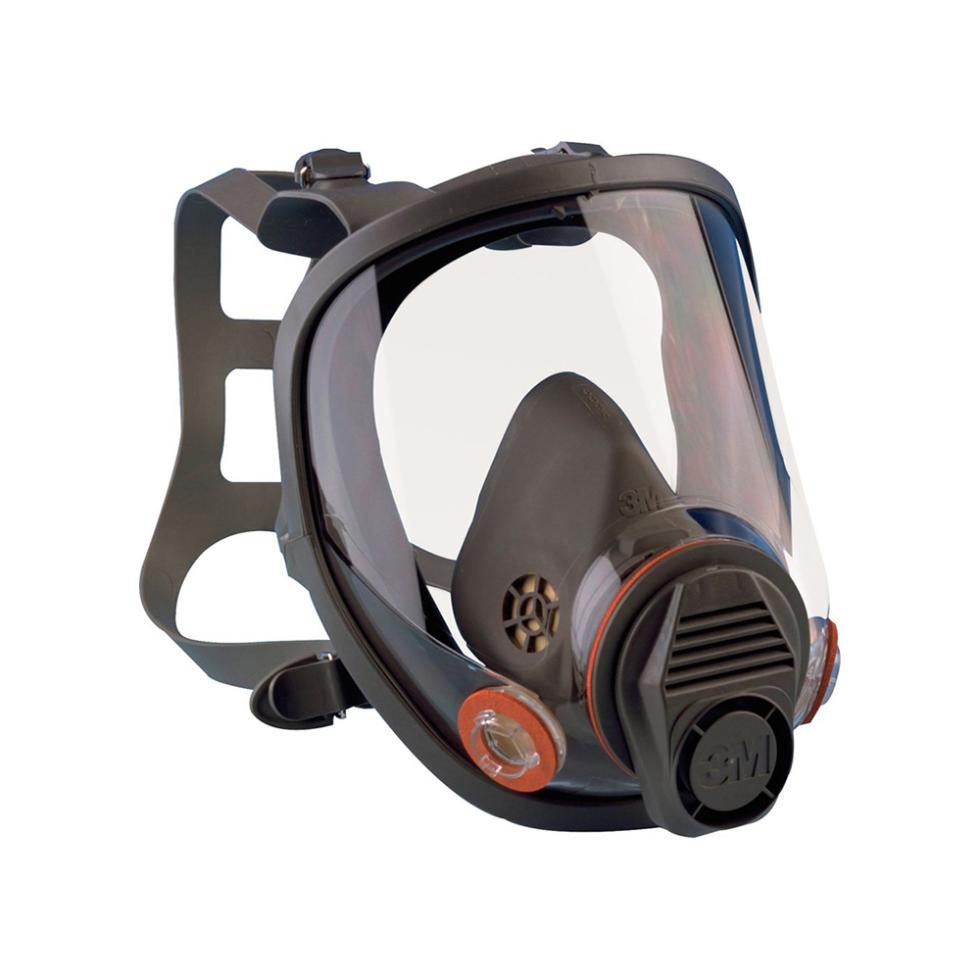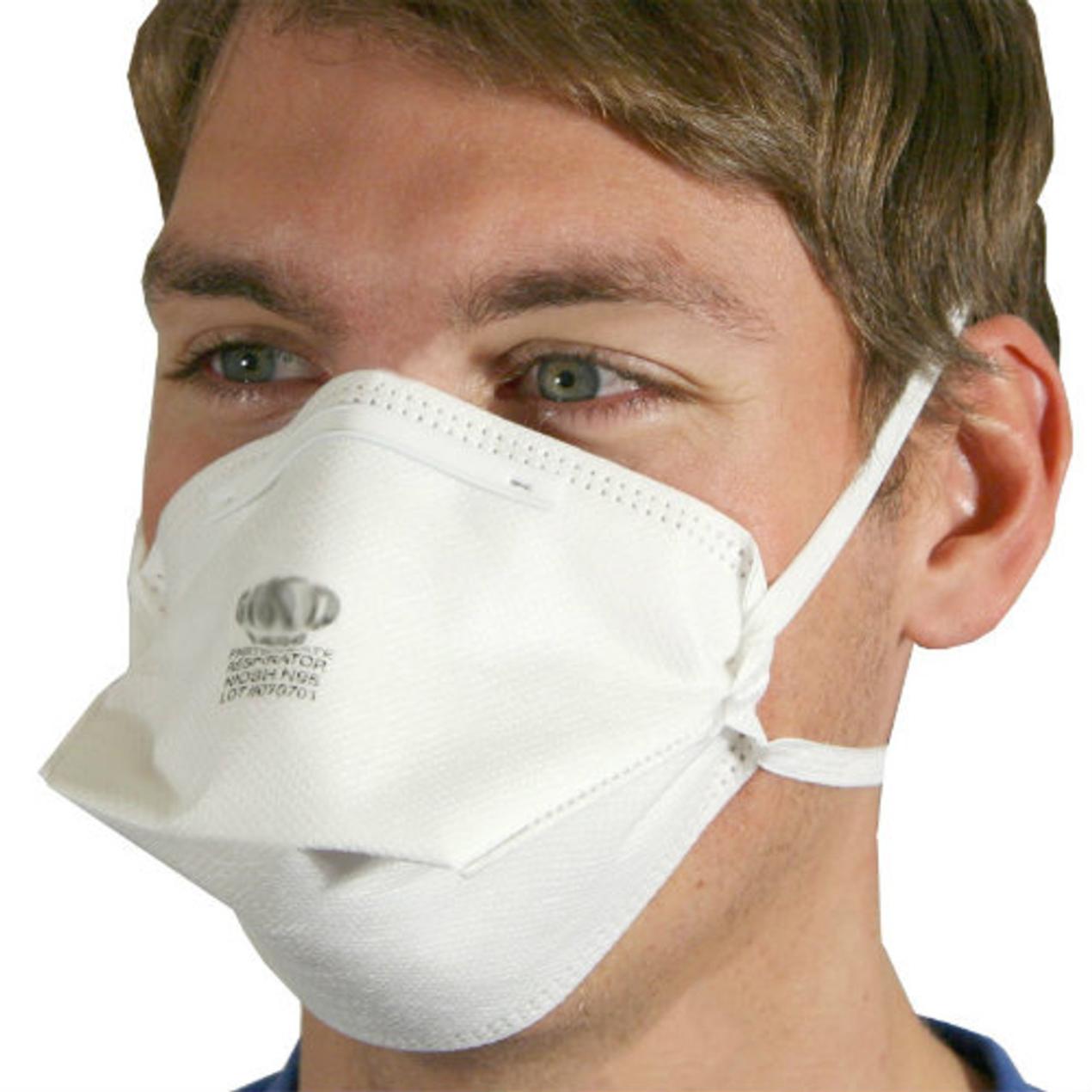How to Properly Wear a Respirator Mask: Ensuring Effective Protection
In the face of airborne hazards, such as viruses, dust, and pollutants, wearing a respirator mask has become a crucial measure to safeguard our health. Understanding the proper way to wear a respirator mask is essential to maximize its effectiveness and minimize the risk of infection or exposure to harmful substances.

Importance Of Proper Respirator Mask Usage
Wearing a respirator mask correctly is vital for several reasons:
- Reduced Risk of Infection: A properly worn mask creates a barrier between the wearer's respiratory system and potential contaminants, reducing the risk of inhaling infectious particles.
- Enhanced Protection: Respirator masks, especially those with higher filtration efficiency, provide a higher level of protection compared to cloth masks, reducing exposure to harmful substances.
- Compliance with Regulations: In certain settings, such as healthcare facilities or industrial workplaces, proper mask-wearing may be mandatory to comply with safety regulations and guidelines.
Types Of Respirator Masks
There are various types of respirator masks available, each with its own level of protection and suitability for different situations:
N95 Respirator
- Description: N95 respirators are single-use masks that filter at least 95% of airborne particles, including bacteria and viruses.
- Usage: N95 masks are commonly used in healthcare settings, construction sites, and other environments with high exposure to airborne hazards.
KN95 Respirator
- Description: KN95 respirators are similar to N95 masks but adhere to Chinese standards. They filter at least 95% of airborne particles.
- Usage: KN95 masks are commonly used in various settings, including healthcare, construction, and public transportation.
Surgical Mask
- Description: Surgical masks are loose-fitting masks that provide basic protection against large droplets and splashes. They are not as effective as N95 or KN95 masks in filtering small particles.
- Usage: Surgical masks are commonly used in healthcare settings, dental offices, and other environments where protection against large droplets is necessary.
Cloth Mask
- Description: Cloth masks are homemade or commercially produced masks made from fabric. They provide basic protection against large droplets but are not as effective as N95 or KN95 masks in filtering small particles.
- Usage: Cloth masks are commonly used in public settings, such as grocery stores, schools, and offices, where basic protection is desired.
Steps For Properly Wearing A Respirator Mask
To ensure effective protection, follow these steps when wearing a respirator mask:
1. Select The Right Mask
- Consider the Level of Protection Needed: Choose a mask that provides the appropriate level of protection for the specific situation and environment.
- Choose a Mask That Fits Snugly: The mask should fit snugly against your face, covering your nose, mouth, and chin without gaps.
2. Inspect The Mask
- Check for Damage or Tears: Inspect the mask for any damage, tears, or loose straps before putting it on.
- Ensure the Mask is Not Expired: Check the expiration date on the mask packaging to ensure it is still valid.
3. Put On The Mask
- Place the Mask Over Your Nose and Mouth: Position the mask over your nose and mouth, ensuring it covers both completely.
- Adjust the Nose Wire: If the mask has a nose wire, pinch it to conform to the shape of your nose, creating a snug fit.
- Secure the Ear Loops or Headbands: Secure the ear loops or headbands firmly behind your ears or head, ensuring the mask is held in place.
4. Perform A Fit Check
- Cover the Mask with Both Hands: Cover the mask with both hands, ensuring it is completely sealed against your face.
- Exhale Sharply: Exhale sharply through your nose and mouth. If you feel air leaking around the edges of the mask, adjust it until you achieve a snug fit.
- Check for Air Leaks: Check for any air leaks around the edges of the mask. If you detect leaks, adjust the mask or try a different size.
5. Adjust The Mask As Needed
- Reposition the Mask: If the mask becomes loose or uncomfortable, reposition it to ensure a snug fit.
- Tighten the Ear Loops or Headbands: If the ear loops or headbands become loose, tighten them to secure the mask in place.
Common Mistakes To Avoid When Wearing A Respirator Mask

To ensure effective protection, avoid these common mistakes when wearing a respirator mask:
- Wearing the Mask Loosely or Incorrectly: A loose or incorrectly worn mask will not provide adequate protection. Ensure the mask fits snugly against your face, covering your nose, mouth, and chin.
- Not Covering Both the Nose and Mouth: Leaving your nose or mouth exposed defeats the purpose of wearing a mask. Ensure both your nose and mouth are completely covered.
- Touching the Mask Frequently: Avoid touching the mask while wearing it. Frequent touching can contaminate the mask and increase the risk of infection.
- Reusing Disposable Masks: Disposable masks should not be reused. Replace them with a new mask every 4-8 hours or when it becomes damp or soiled.
- Wearing a Mask That is Too Small or Too Big: A mask that is too small or too big will not provide a proper fit and may allow air to leak around the edges. Choose a mask that fits your face snugly.
Additional Tips For Effective Respirator Mask Usage
Follow these additional tips to maximize the effectiveness of your respirator mask:
- Wash Your Hands Before Putting on the Mask: Wash your hands thoroughly with soap and water or use an alcohol-based hand sanitizer before putting on the mask.
- Avoid Touching Your Face While Wearing the Mask: Avoid touching your eyes, nose, or mouth while wearing the mask. If you need to touch your face, wash your hands thoroughly first.
- Replace the Mask Every 4-8 Hours or When It Becomes Damp: Replace the mask every 4-8 hours or when it becomes damp or soiled. Prolonged use can reduce the mask's effectiveness.
- Store the Mask Properly When Not in Use: Store the mask in a clean, dry place when not in use. Avoid exposing it to direct sunlight or extreme temperatures.
- Follow Local Guidelines and Recommendations: Follow local guidelines and recommendations regarding mask-wearing. These guidelines may vary depending on the specific situation and environment.
Importance Of Proper Respirator Mask Usage

Wearing a respirator mask properly is crucial for maximizing its effectiveness in protecting against airborne hazards. By following the steps outlined above, you can ensure that your mask provides the intended level of protection, reducing the risk of infection or exposure to harmful substances. Remember, proper mask-wearing is a shared responsibility that contributes to the overall health and safety of our communities.
Summary Of Key Points
- Choose the right mask for the specific situation and environment.
- Inspect the mask for damage or tears before putting it on.
- Put on the mask correctly, covering your nose, mouth, and chin snugly.
- Perform a fit check to ensure the mask is sealed against your face.
- Avoid common mistakes such as wearing the mask loosely or touching it frequently.
- Follow additional tips for effective mask usage, such as washing your hands and replacing the mask regularly.
Encouragement To Follow Proper Mask-Wearing Practices
By following proper mask-wearing practices, we can collectively contribute to reducing the spread of airborne illnesses and protect ourselves and others from harmful substances. Let's all do our part in promoting a healthier and safer environment by wearing masks correctly and consistently.
YesNo

Leave a Reply